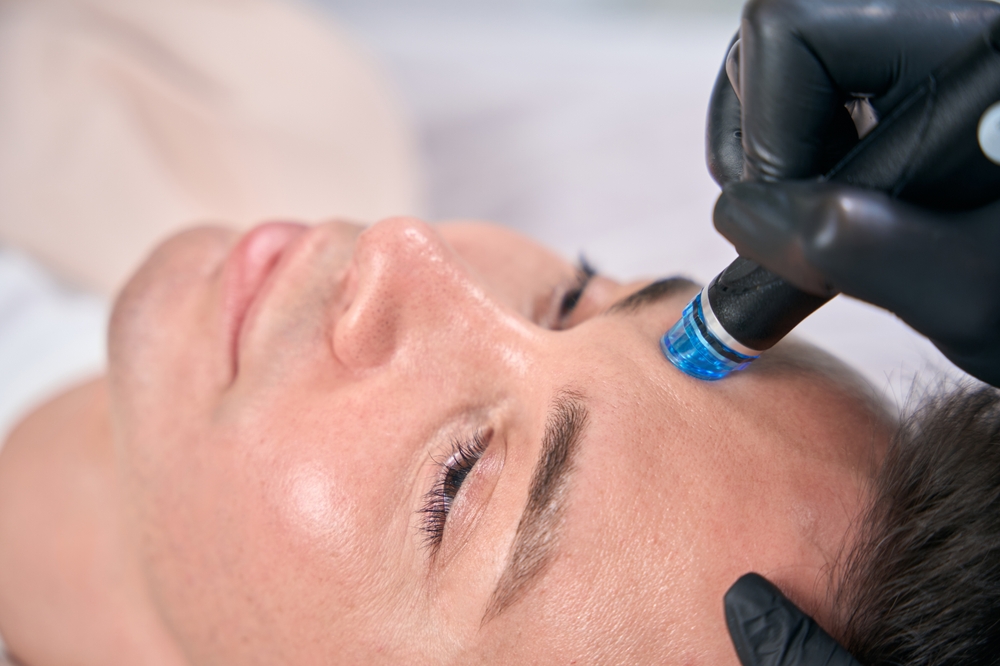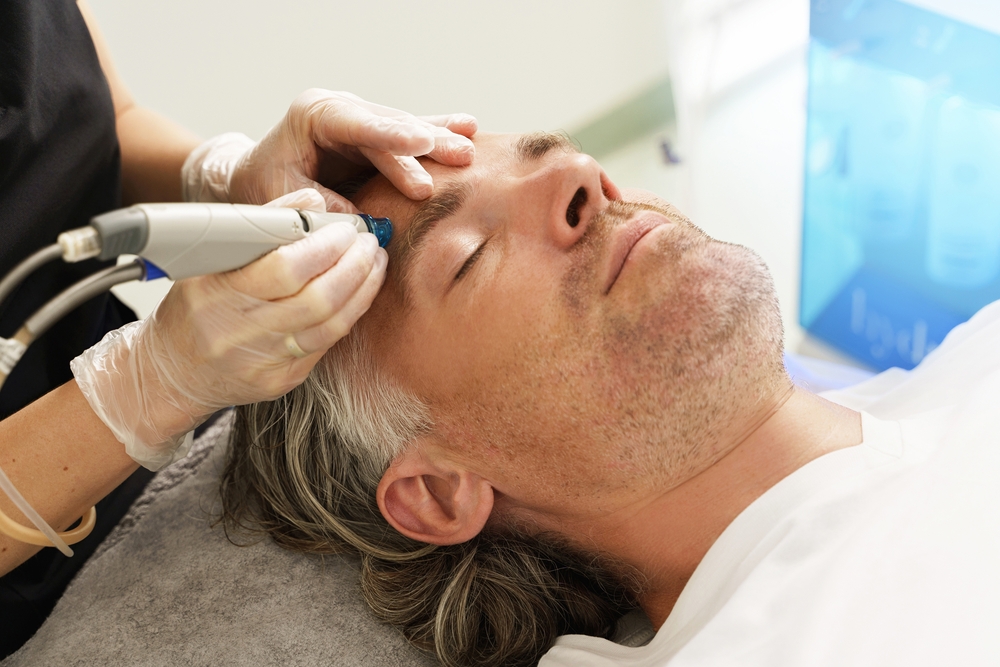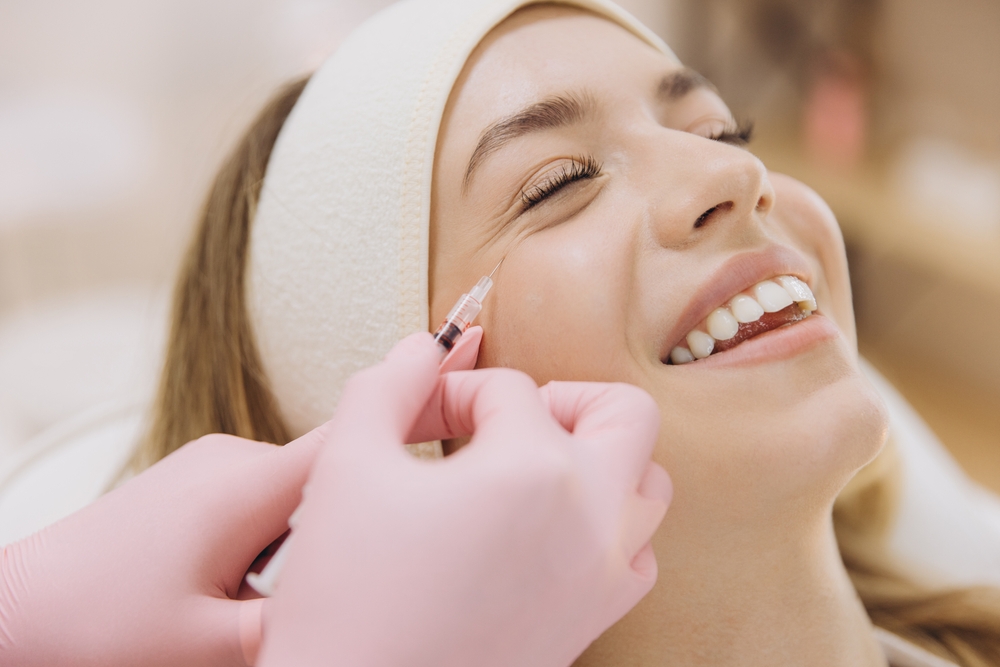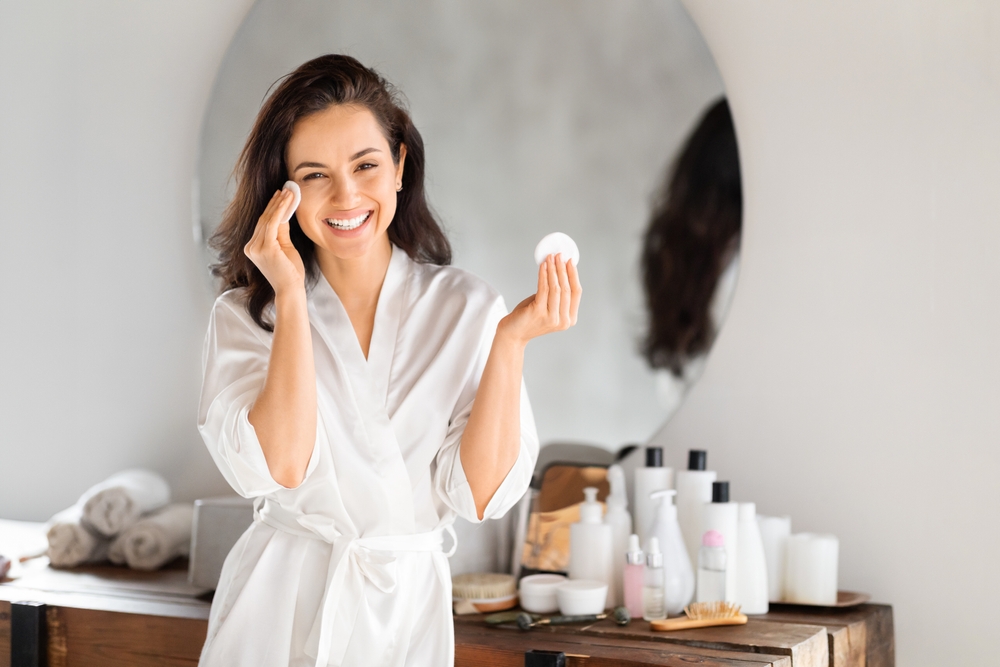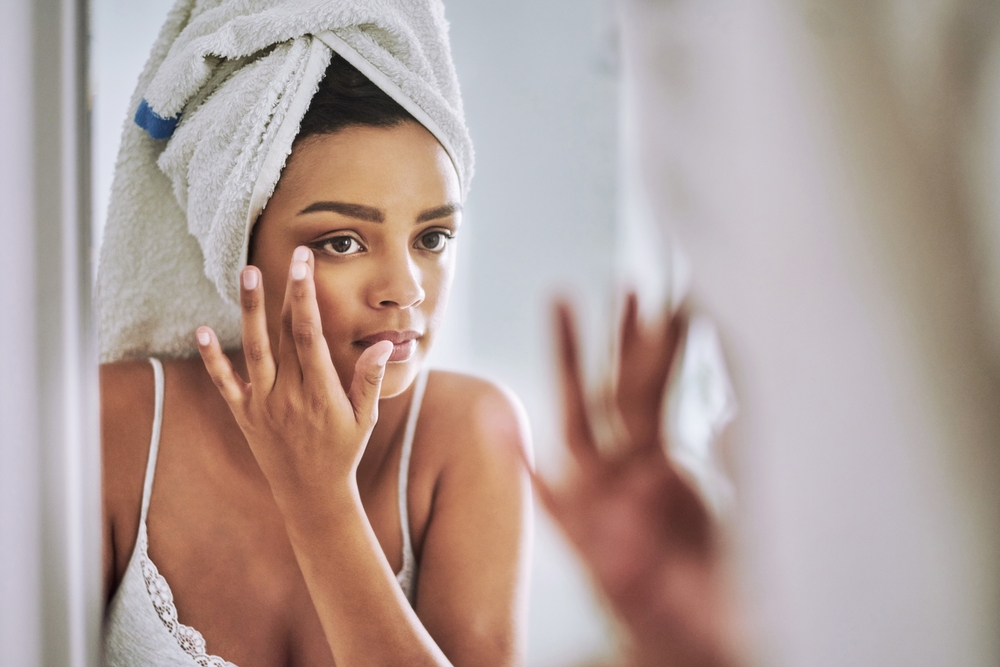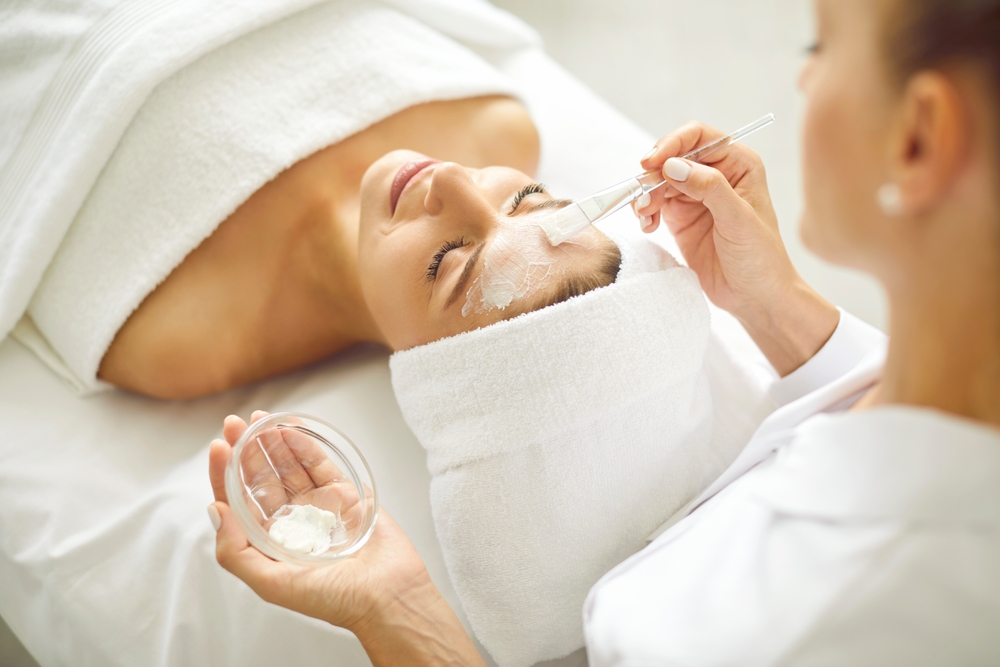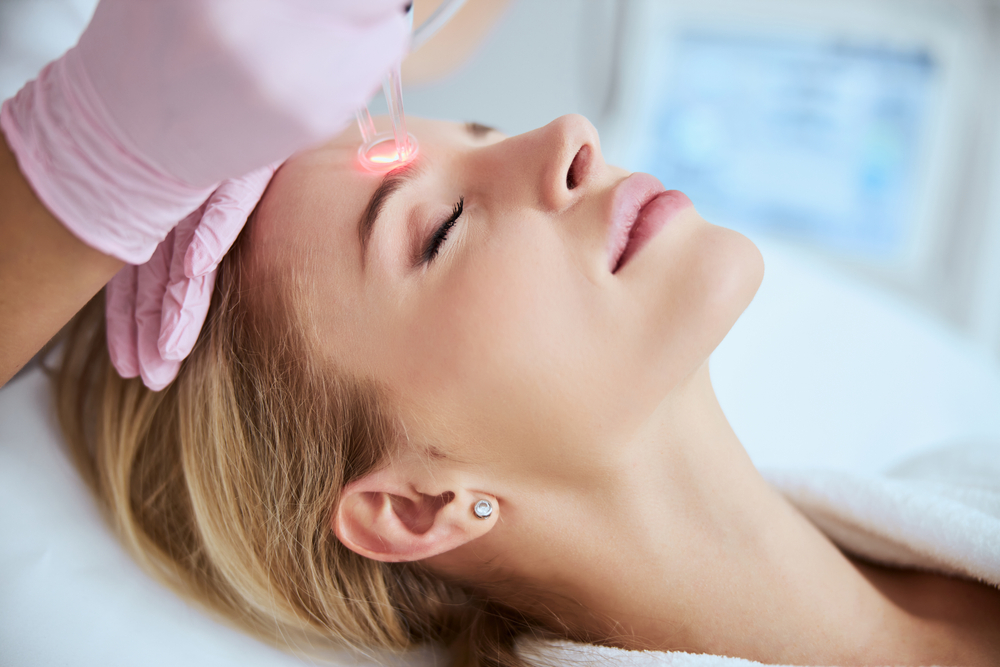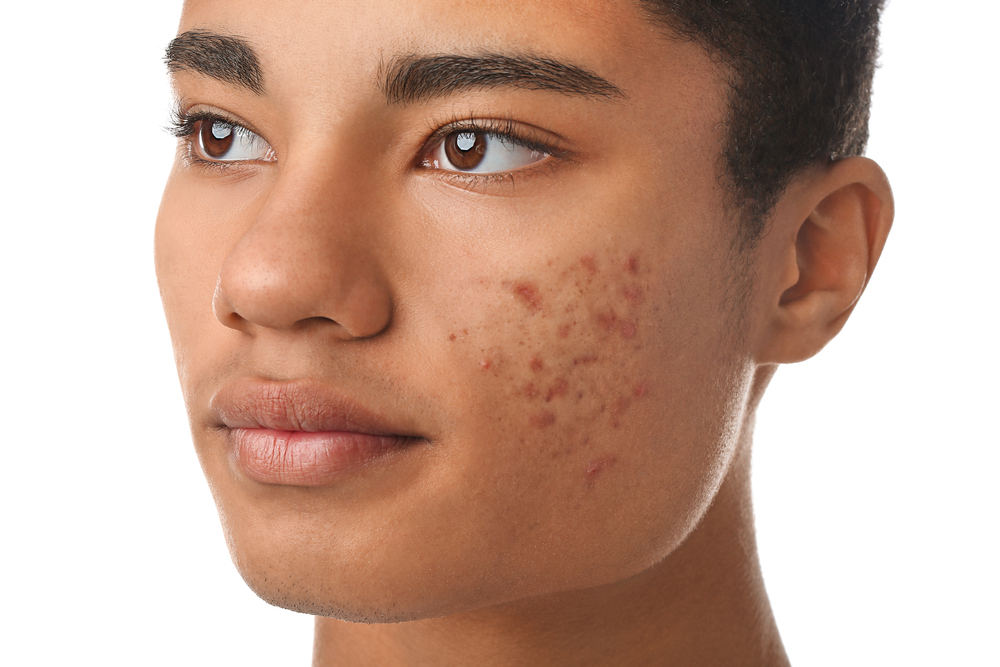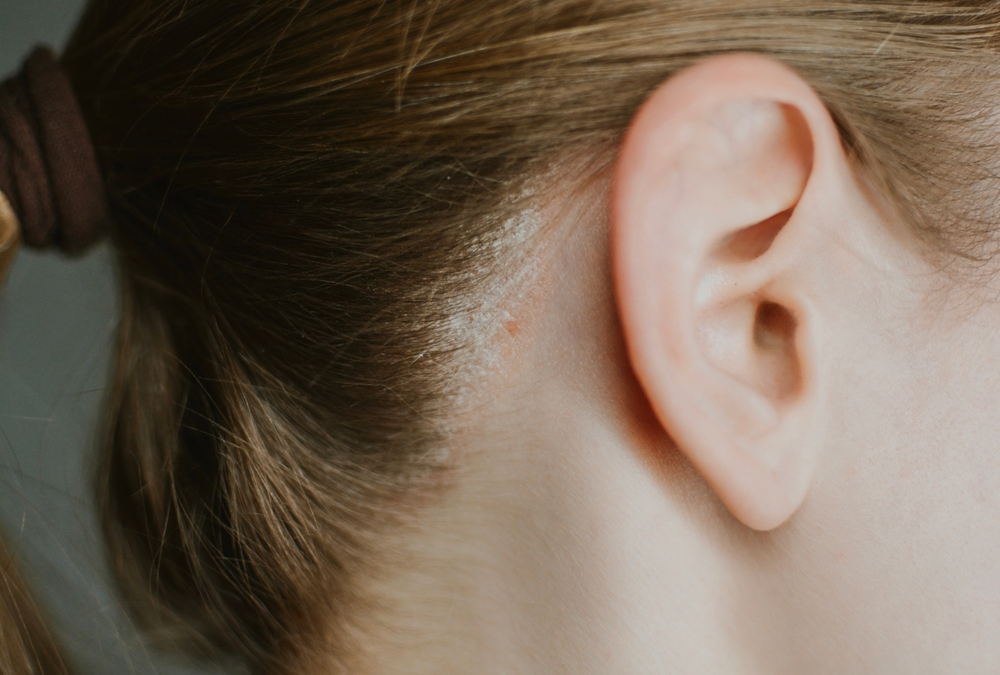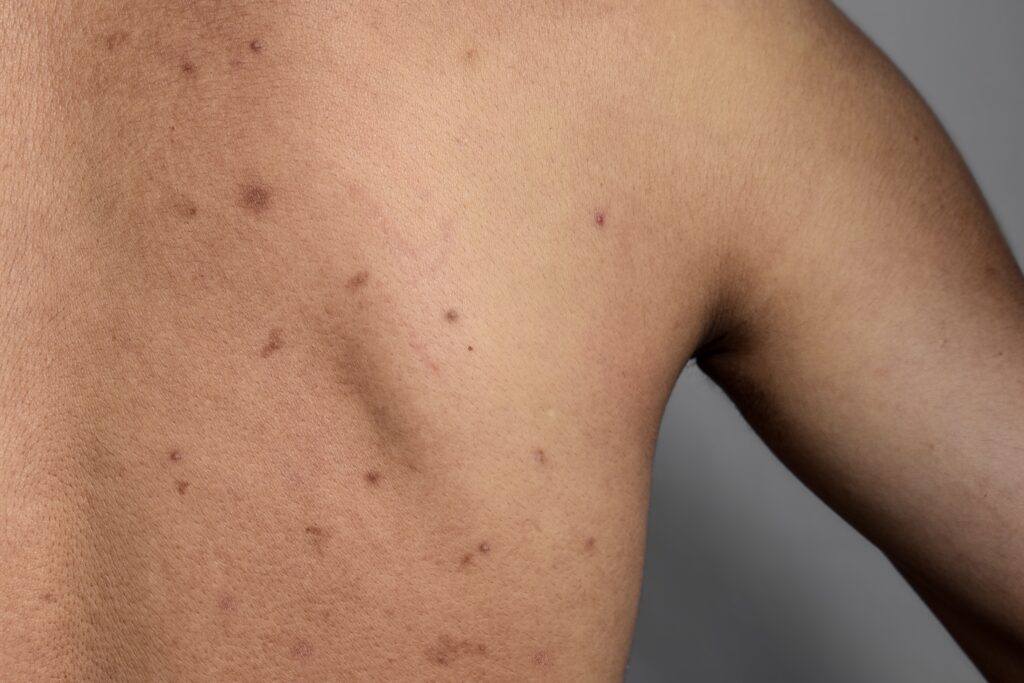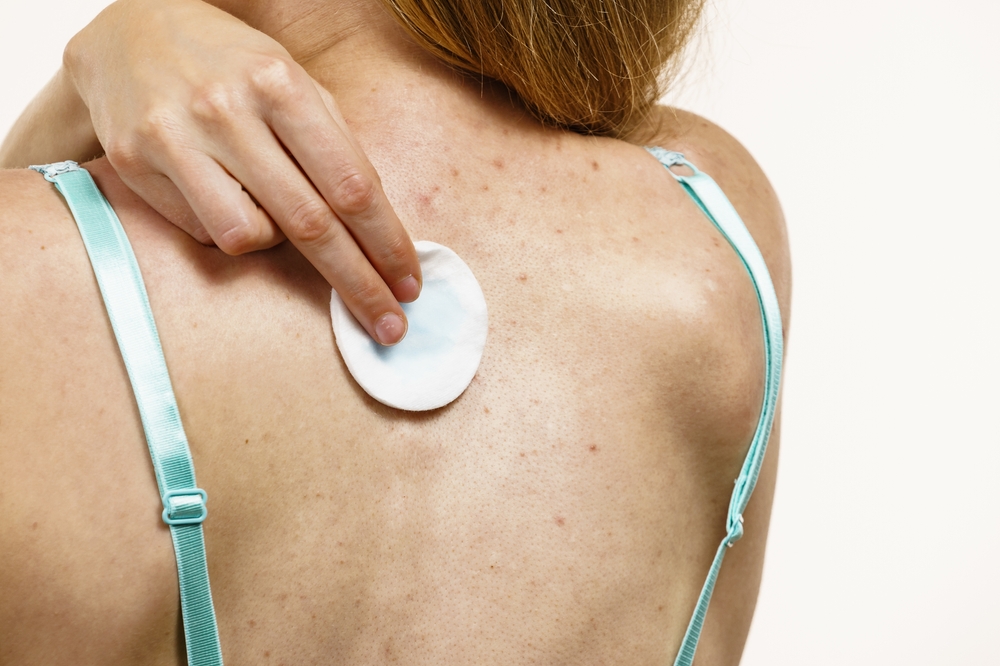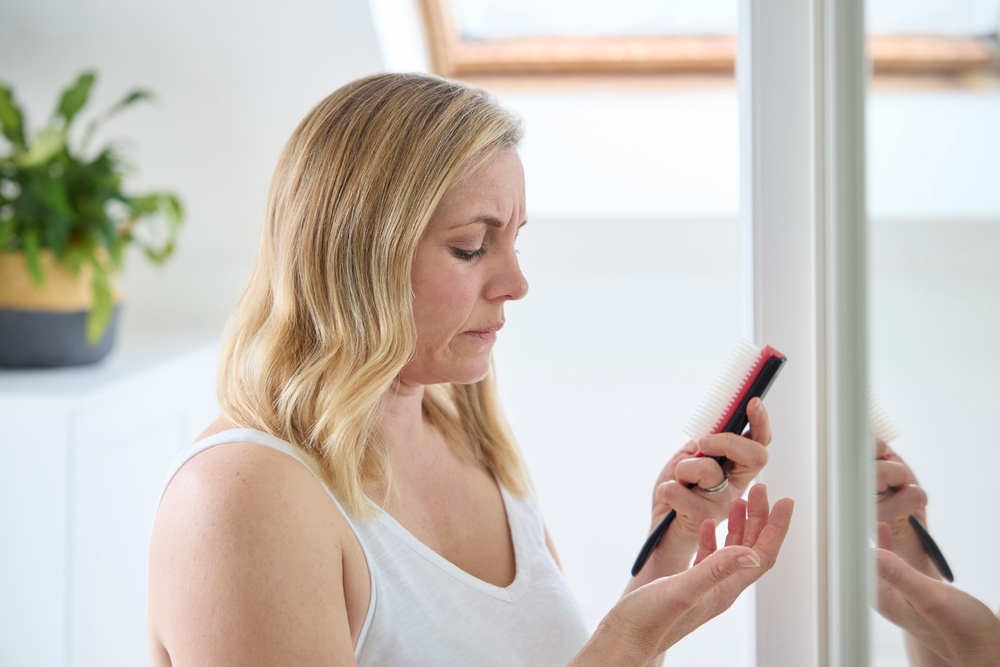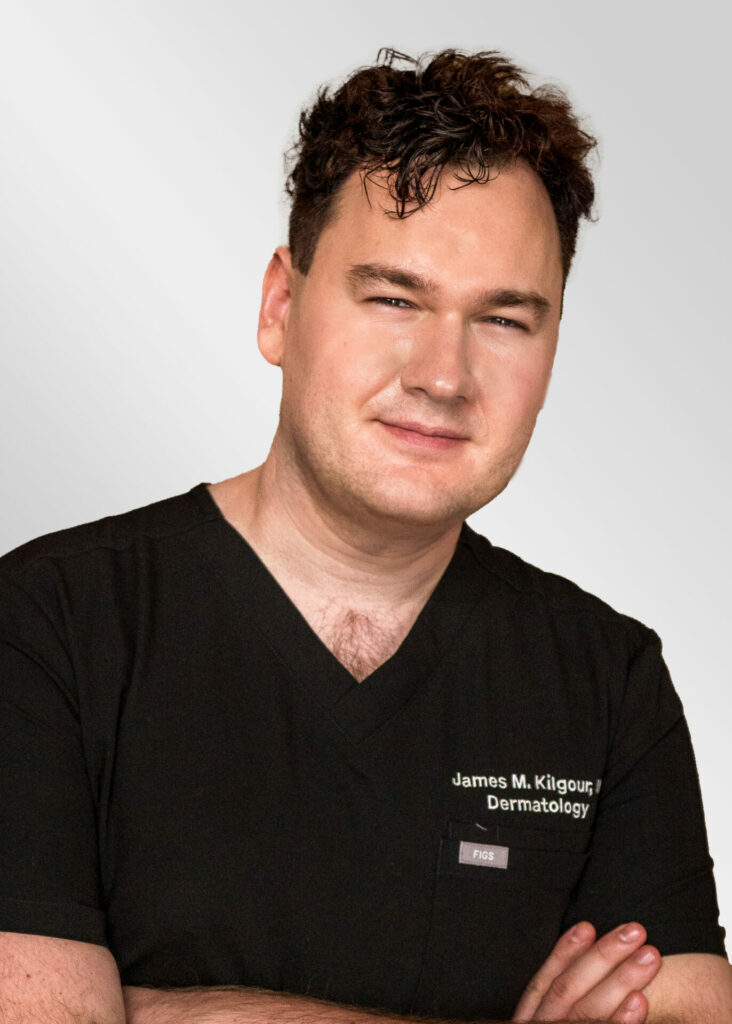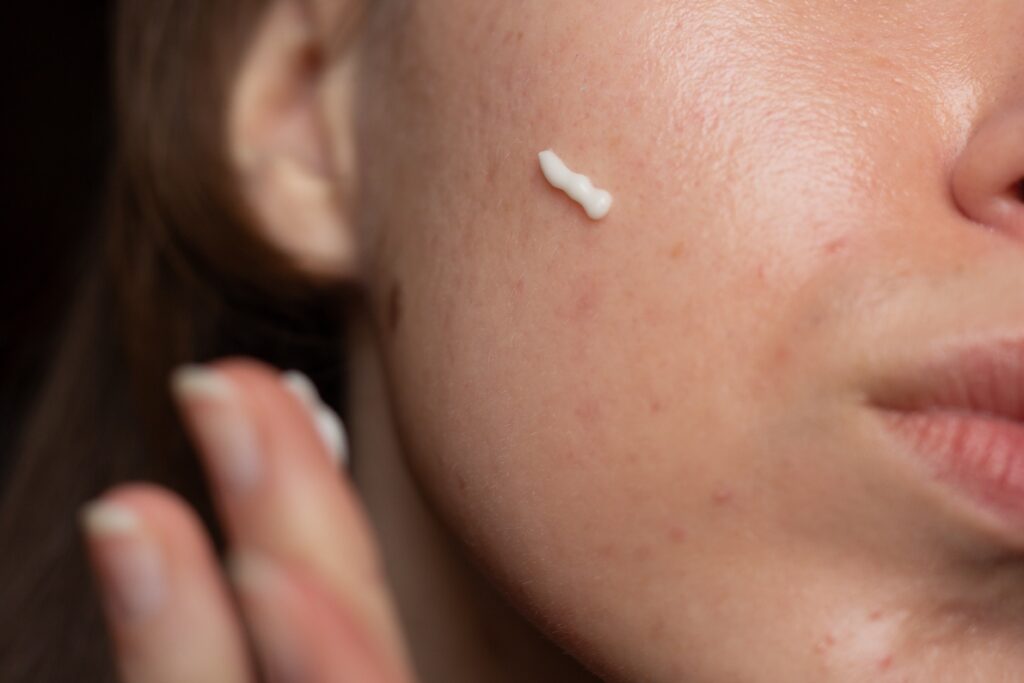Heading 2
Lorem ipsum dolor sit amet, consectetur adipisicing elit. Nostrum minus ea suscipit porro alias corporis libero at. Perferendis omnis, veniam nemo beatae vel? Tempora numquam a repellat eaque natus, magnam?
Heading 2
Lorem ipsum dolor sit amet, consectetur adipisicing elit. Autem ipsum mollitia neque, illum illo excepturi, eum incidunt fugit nostrum est, voluptate eaque minima corporis debitis at, dolores ipsam. Quaerat, dolores.
Heading 2
Lorem ipsum dolor sit amet, consectetur adipisicing elit. Autem ipsum mollitia neque, illum illo excepturi, eum incidunt fugit nostrum est, voluptate eaque minima corporis debitis at, dolores ipsam. Quaerat, dolores.
Heading 2
Lorem ipsum dolor sit amet, consectetur adipisicing elit. Autem ipsum mollitia neque, illum illo excepturi, eum incidunt fugit nostrum est, voluptate eaque minima corporis debitis at, dolores ipsam. Quaerat, dolores.
Heading 2
Lorem ipsum dolor sit amet, consectetur adipisicing elit. Autem ipsum mollitia neque, illum illo excepturi, eum incidunt fugit nostrum est, voluptate eaque minima corporis debitis at, dolores ipsam. Quaerat, dolores.
Healthy, radiant skin doesn’t happen overnight. The best skin is the result of consistent daily habits and thoughtful care.
While genetics play a role in your skin’s appearance, the choices you make every day can significantly impact its health, texture, and overall glow. Whether you’re dealing with specific skin concerns or simply want to maintain your skin’s natural beauty, these six essential habits will help you achieve and maintain optimal skin health for years to come.
1. Start Every Day with Gentle Cleansing
The foundation of any effective skincare routine begins with proper cleansing. Washing your face twice daily (once in the morning and once before bed) removes dirt, oil, makeup, and environmental pollutants that can clog pores and lead to breakouts.
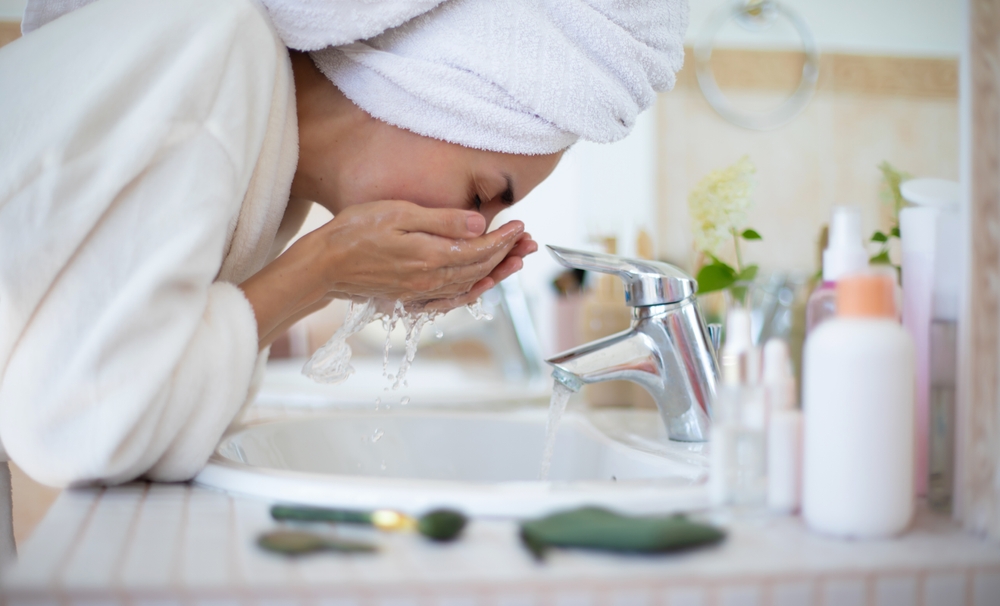
Choose a gentle cleanser that suits your skin type, whether it’s oily, dry, sensitive, or combination. If you’re unsure which cleanser might be best for you, ask your dermatologist. You should always avoid harsh scrubs or cleansers with strong fragrances, as these can strip your skin of its natural oils and cause irritation.
Morning cleansing prepares your skin for the day ahead by removing any products applied the night before and excess oil produced while you sleep. Evening cleansing is equally important, as it removes the day’s accumulation of dirt, makeup, and environmental pollutants that can interfere with your skin’s natural repair processes.
2. Never Skip Sun Protection
Daily sunscreen application is one of the most important habits for maintaining healthy skin and preventing premature aging. UV rays from the sun cause significant damage to your skin’s structure, leading to wrinkles, age spots, and an increased risk of skin cancer.
Apply a broad-spectrum sunscreen with at least SPF 30 every morning, even on cloudy days or when you plan to stay indoors. Many people forget that UV rays can penetrate windows and reflect off surfaces, making daily protection essential regardless of your activities.
Reapply sunscreen every two hours when you’re outdoors, and don’t forget often-missed areas like your ears, neck, and the backs of your hands. For added protection, consider wearing protective clothing, wide-brimmed hats, and sunglasses when spending extended time in the sun.
3. Establish a Consistent Moisturizing Routine
Proper hydration is essential for maintaining your skin’s barrier function and overall health. A good moisturizer helps lock in hydration, prevents water loss, and creates a protective barrier against environmental irritants.
Choose a moisturizer formulated for your specific skin type. Lightweight, oil-free formulas are better for oily skin, and richer, more emollient products are better for dry skin.
John Peterson, MD, a dermatologist at Golden State Dermatology in Manteca, emphasizes the importance of consistent moisturizing:
“Many people underestimate the power of a good moisturizer, but it’s truly one of the most important steps in any skincare routine. Proper hydration not only keeps skin looking plump and healthy but also supports the skin’s natural repair processes. I always tell my patients that finding the right moisturizer for their skin type and using it consistently can make a dramatic difference in their skin’s appearance and comfort level.”
4. Incorporate Gentle Exfoliation
Regular exfoliation helps remove dead skin cells that can make your complexion look dull and clog your pores. However, the key is to exfoliate gently and not overdo it. Excessive exfoliation can damage your skin’s protective barrier and cause irritation.
For most people, exfoliating two to three times per week is enough. Start slowly when introducing exfoliation into your routine, and pay attention to how your skin responds.
If you experience redness, irritation, or increased sensitivity, reduce the frequency or switch to a gentler product.
5. Get Quality Sleep for Skin Repair
Your skin does most of its repair work while you sleep, making quality rest essential for healthy skin. During sleep, your body increases blood flow to the skin and produces new collagen, which helps repair damage from UV exposure and other environmental stressors.
Aim for 7-9 hours of quality sleep each night to give your skin adequate time to regenerate. Poor sleep can lead to increased stress hormones, which can trigger inflammation and exacerbate skin conditions like acne and eczema.
Consider using a silk or satin pillowcase to reduce friction against your skin and hair while you sleep. Also, try to sleep on your back when possible to prevent wrinkles that can form from pressing your face against the pillow.
Saloni Patel, MPAS, PA-C at Golden State Dermatology, highlights the connection between sleep and skin health:
“I often see patients who are frustrated with their skin concerns but aren’t getting enough quality sleep. Sleep is when your skin does its most important repair work, producing new collagen and regenerating cells. When patients improve their sleep habits, they often notice significant improvements in their skin’s texture, tone, and overall appearance. It’s one of the most underrated aspects of skincare, but it’s absolutely crucial for maintaining healthy skin.”
6. Stay Hydrated from Within

While topical moisturizers are important, maintaining proper hydration from within is equally crucial for healthy skin. Drinking adequate water helps maintain your skin’s elasticity and supports its natural detoxification processes. Aim to drink at least eight glasses of water throughout the day, and increase your intake during hot weather or when exercising.
When to Seek Professional Help
While good skincare habits can address many common concerns, some skin issues require professional evaluation and treatment. If you’re dealing with persistent acne, unusual moles or growths, severe skin sensitivity, or other concerning symptoms, it’s important to consult with a qualified provider.
A dermatologist can assess your individual skin needs, recommend appropriate treatments, and help you develop a personalized skincare routine that addresses your specific concerns. They can also identify potential skin health issues early and provide effective treatment options.
Professional treatments, like chemical peels, laser therapy, or prescription medications, may be necessary to address certain skin concerns that don’t respond to over-the-counter products and basic skincare habits.
If you have questions about your skin, schedule an appointment at Calkin & Boudreaux today!
